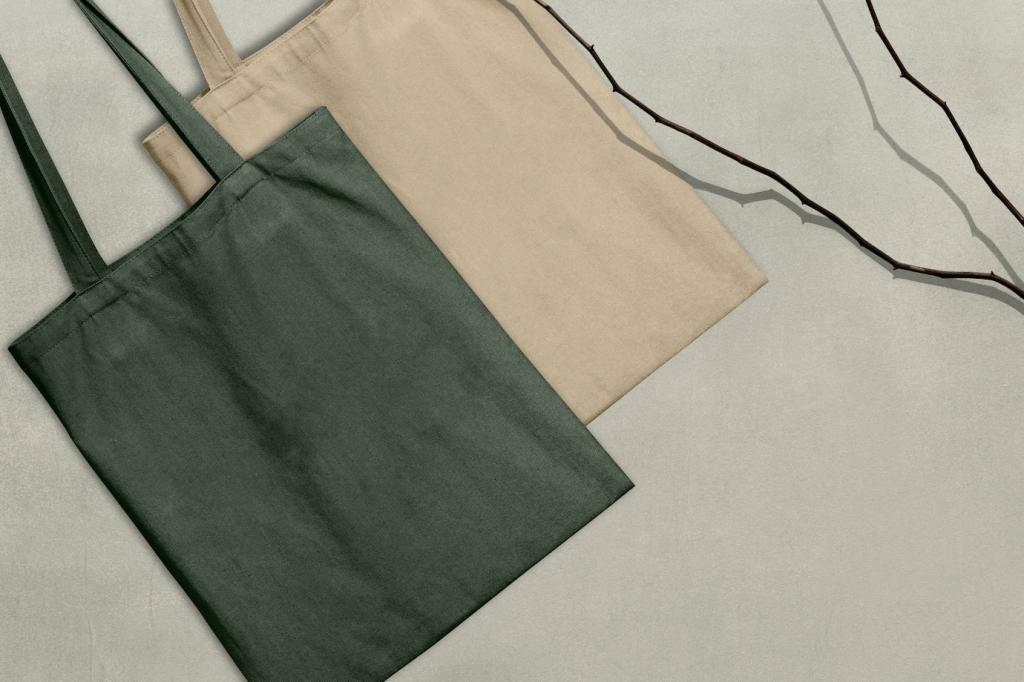Eco-conscious Furniture Choices for Minimalist Spaces
Defining Eco-conscious Minimalism
It means buying fewer items, choosing materials that last, and letting each piece work hard for your lifestyle. It prioritizes durability, repairability, and emotional value over trend-chasing or impulsive decor that quickly becomes clutter.

Materials That Respect the Planet
Look for FSC or PEFC-certified woods, reclaimed lumber, and durable joinery. Favor low-VOC or water-based finishes to protect indoor air quality. Avoid veneers that chip easily and require early replacement, increasing waste and total resource use.


Materials That Respect the Planet
Recycled aluminum or steel brings strength with a lower footprint when sourced responsibly. Powder-coated finishes tend to be more durable and emit fewer solvents. Ask brands for recycled content percentages and end-of-life recyclability details before purchasing.

Multi-functional Pieces for Small Footprints
A sofa bed serves guests without a dedicated room, while modular seats adapt as life changes. Seek replaceable covers and standardized parts so your seating can evolve instead of being discarded when styles or needs inevitably shift.
Lifecycle Thinking: Buy, Use, Repair, Rehome
Inspect joints, weight ratings, and replaceable parts. Ask about spare hardware and fabric swatches. Confirm warranty terms and availability of aftercare services, so your investment can be maintained rather than replaced at the first sign of wear.
Sourcing Smart: Local, Vintage, and Ethical Brands

Local workshops reduce transport emissions and often welcome customizations or repairs. Visiting a studio lets you verify materials and craftsmanship firsthand, building a lasting relationship that supports community economies and ensures responsible production practices.


Calm Aesthetics: Color, Light, and Negative Space
Soft whites, river-stone grays, and plant greens create quiet continuity. Natural finishes highlight grain and texture without shouting. A restrained palette reduces visual clutter and makes every eco-conscious piece feel considered, grounded, and genuinely welcoming.
Calm Aesthetics: Color, Light, and Negative Space
Layer daylight with warm LED sources, choosing dimmable bulbs and efficient fixtures. Use task lights where you need them most. Good lighting reduces the urge for excess decor, letting material quality and clean lines take center stage gracefully.
Real-home Story: A 480‑sq‑ft Studio Makeover
Before: duplicate furniture and visual noise
The studio held two wobbly side tables, a sagging bookshelf, and mismatched stools. Despite plenty of items, function felt scarce. The goal became clear: fewer, sturdier, repairable pieces to calm the eye and simplify daily routines.
The swap list that changed everything
They replaced three tables with one reclaimed-wood drop-leaf, added a modular sofa with washable covers, and mounted a wall shelf with adjustable brackets. Each choice favored replaceable parts, low-VOC finishes, and long-term flexibility rather than short-lived novelty.
After: measurable impact and everyday ease
With fewer pieces, cleaning time shrank, and airflow improved. Energy use dropped thanks to better lighting and layout. A conservative estimate suggests meaningful carbon savings compared with buying new, while the room now feels open, intentional, and relaxing.



